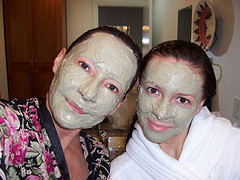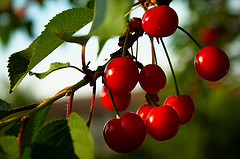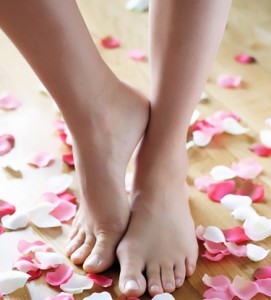 If you’re looking for a different approach to raising awareness for breast cancer, we’ve got you covered. The list of ideas below will help you get interested people to participate in a worthy and very important cause. Use these tips for yourself, or forward this list to your favorite business, colleagues, loved ones, and friends, and get them involved in the fight against breast cancer.
If you’re looking for a different approach to raising awareness for breast cancer, we’ve got you covered. The list of ideas below will help you get interested people to participate in a worthy and very important cause. Use these tips for yourself, or forward this list to your favorite business, colleagues, loved ones, and friends, and get them involved in the fight against breast cancer.
- Get active. You will see plenty of 5k runs and walkathons for breast cancer, but those are not the only physical activities you can participate in or host to support this cause. You can also swim, play tennis, or even golf for breast cancer. The more people who support breast cancer, the more money your community can raise for research.
- Dress up. Get your office to wear pink for an entire week. Surely this will get the attention of clients, guests, and coworkers. It also gives a great chance for you to explain why’re everyone has pink clothes on, allowing you the perfect opportunity to ask for a donation. Make sure to post photos of your group on social media, in company emails, etc. to spread the word. Maybe your office isn’t onboard with this idea? Do this with a group of friends.
- Check Meetup. Meetup is a website for people to form groups and participate in face-to-face activities. Check Meetup for breast cancer fundraising activities in your city, and get involved with your community.
- Have a yard sale. Have a lot of stuff piling in your garage? With a yard sale, you can get rid of things you don’t need, make money, and forward all profits to a breast cancer organization of your choice. Plus, people are more likely to buy your stuff when you support a fantastic cause!
- Create fliers. Fliers are great way to raise awareness. You can make thousands of them for just pennies, and you’ll reap the rewards in a big way. You can use fliers to show that your business or organization supports the fight against breast cancer, and you can promote upcoming awareness events, 5Ks, walks, and fundraisers.
- Organize with your local Chamber of Commerce. Create partnerships with other local businesses and groups who support breast cancer. Doing so will broaden your message to a larger group of people. Referrals a great way to get people to donate.
- Have a car wash. Get your neighborhood together and get the word out about a donation based car wash. Offer to wash cars for free and mention that you’re raising funds for breast cancer research. People will love the idea of having a clean car, and they’ll thank you for your commitment to raising awareness for breast cancer and donate to your cause.
- Volunteer. You don’t have to start your own fundraising movement—there are many fundraising organizations out there who need help and lots of volunteers! This is something to keep in mind if you’re struggling to come up with an original breast cancer fundraising strategy, or you don’t have the time to create your own event.
- Have a BBQ. Ask a local BBQ place to offer food at a significant discount in support of breast cancer. Tell them you will organize the event, and they just need to bring the grub! They’ll be able to support a good cause, you’ll raise money, and they now have new customers who have tasted their food. They get free marketing and PR for partnering with you at your event.
- Create a trend. Surely you’ve seen the popular ice bucket challenge happening right now. The sensation has currently raised $44 million dollars for ALS! You can create a similar trend for breast cancer. If it catches on, you could be responsible for millions of dollars for breast cancer research!
The most important thing to keep in mind when starting a fundraiser is to take action. Someone has to get out there and get the ball rolling—it could be you.
Photo Credit: HowardLake














